I’m still not used to riding my bicycle on freezing winter days. After living for more than a decade in Berlin, the idea of one more long winter gives me shivers. On the other hand, the lack of daylight forces me to somehow dive into small photographic projects. I don’t want to sound overambitious or heroic: it’s just a way to cope daily with the city’s winter darkness.
I’ve been shooting instant photography for over nine years, and buying used polaroid cameras has become a (costly) habit. Last year, I decided to buy a Polaroid Sun 660, and the moment it was delivered, I knew exactly what I wanted to shoot. A camera manufactured in the late 1980s can be subbed as a cold war camera. Therefore, it seemed like a good idea to pick a cold war location and shoot a 600 film.
I wore my jacket and unlocked the bike. One thing I always enjoy about polaroid photography is that my backpack feels almost empty. A camera and a film or two -that’s all. Berlin was relatively empty that day, and the ride towards the East Side Gallery was fast. Less than half an hour later, I reached the longest remaining part of the Berlin Wall. The East Side Gallery is nowadays an open-air gallery in which international artists have painted more than a hundred paintings straight on the Wall.
I loaded the 600 polaroid film on the camera and started strolling around. After all these years, I know how much instant cameras depend on light. Moreover, the photos might get an unwanted blue tint on cold winter days. That’s something you can’t easily avoid; the best thing you can do is to store the photo in an inner pocket. Yes, your clothes can often serve as camera gear in polaroid photography.
The Polaroid Sun 660 seems at first like a toy camera. It’s made of plastic, and its lens (f/11) doesn’t impress. However, it has a flash that you shouldn’t override even during sunny summer days. Moreover, it is a sonar autofocus model, which means the camera uses sound waves to focus. Finally, one last thing to keep in mind: the Sun 660 is ideal for close-up shots.
I knew I didn’t stand a chance to shoot a distant photo of the 1,3 km (0,8 miles) long East Side Gallery. Instead, I had to focus on the murals’ details. However, having the flash on meant that I should avoid single-colored surfaces; otherwise, I’d end up with unwanted reflections. That said, I had to keep everything in mind before turning on the camera and shooting a photo.
Polaroid film is pricey, and it doesn’t make sense to shoot your 8 images randomly. I always want to have some keepers for my zines or my online Polaroid Diaries, and I try to be thoughtful before taking a photo. Straight after shooting each image, I placed it in a rush in my jacket’s inner pocket. An hour later, and without seeing if I had any keepers, the film was over. I rode the bike back home, made a cup of coffee, and went through the polaroids.
The images in this article are my favorite 5 frames with the Polaroid Sun 660. They portray some of the most iconic East Side Gallery paintings.
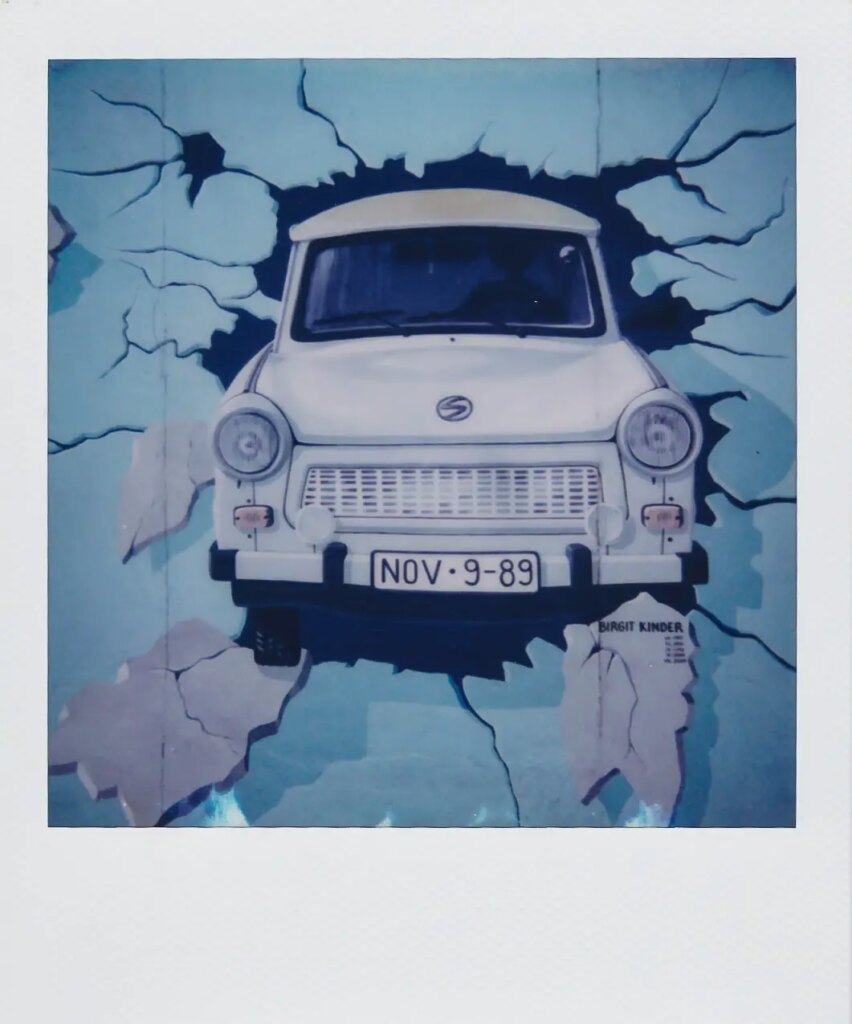
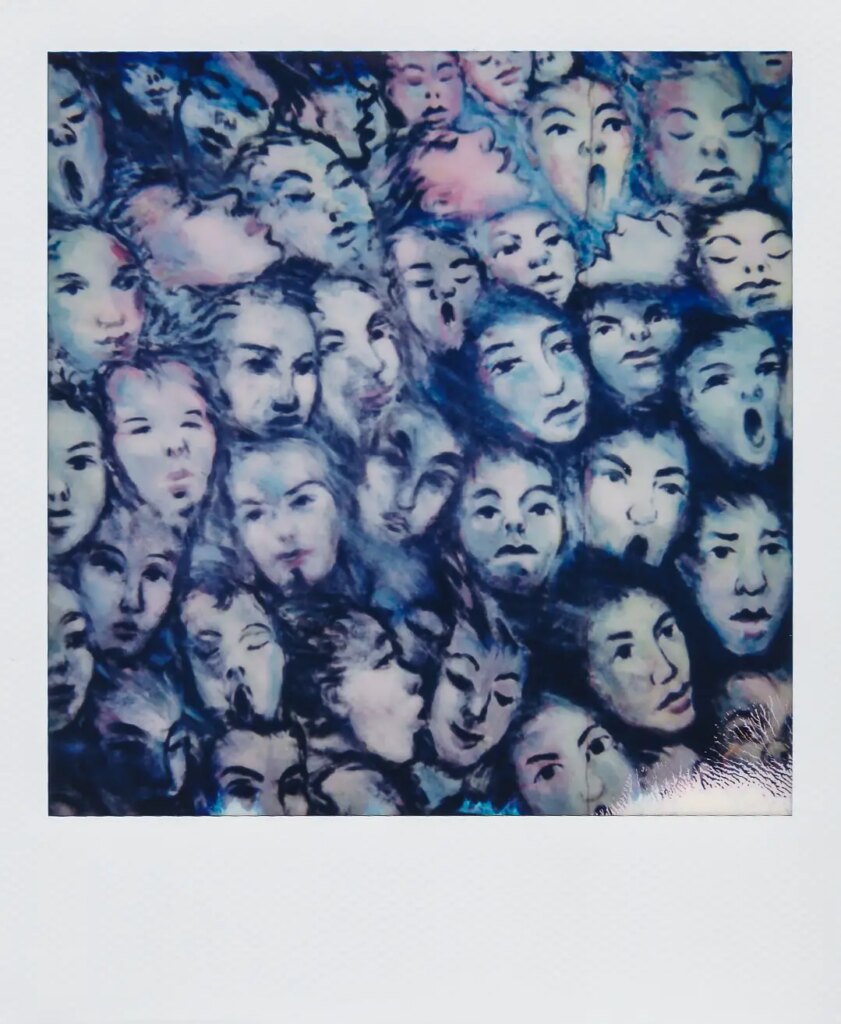
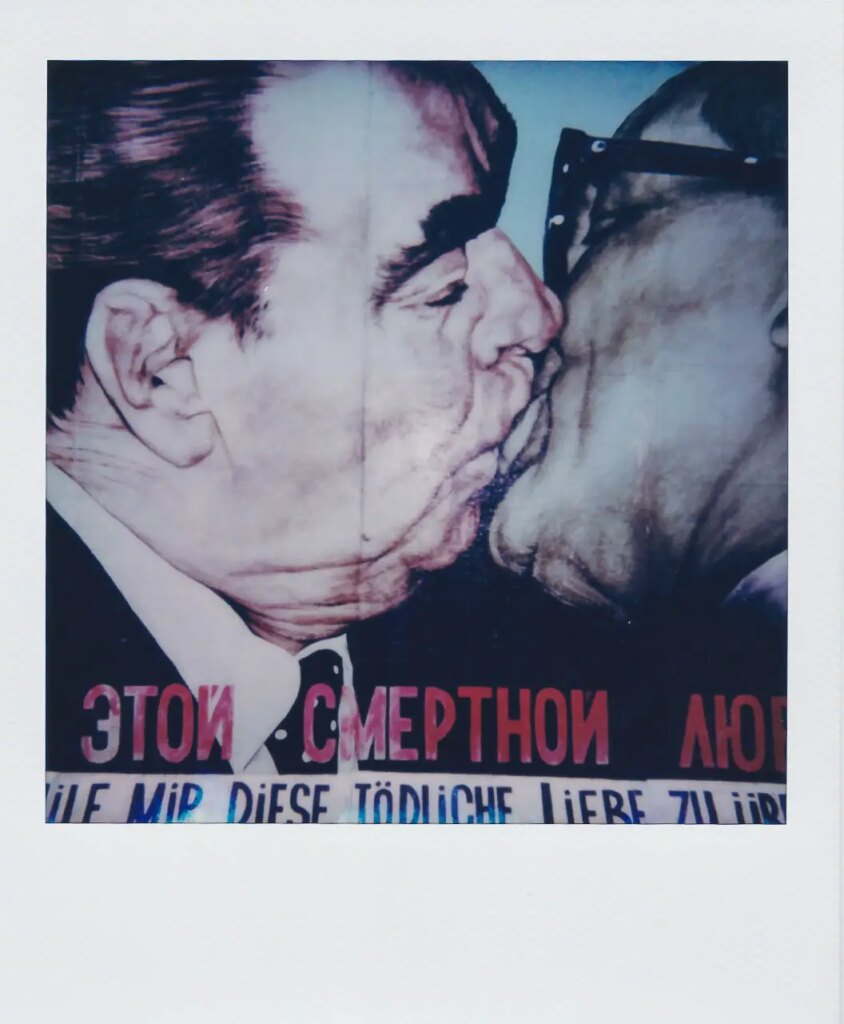
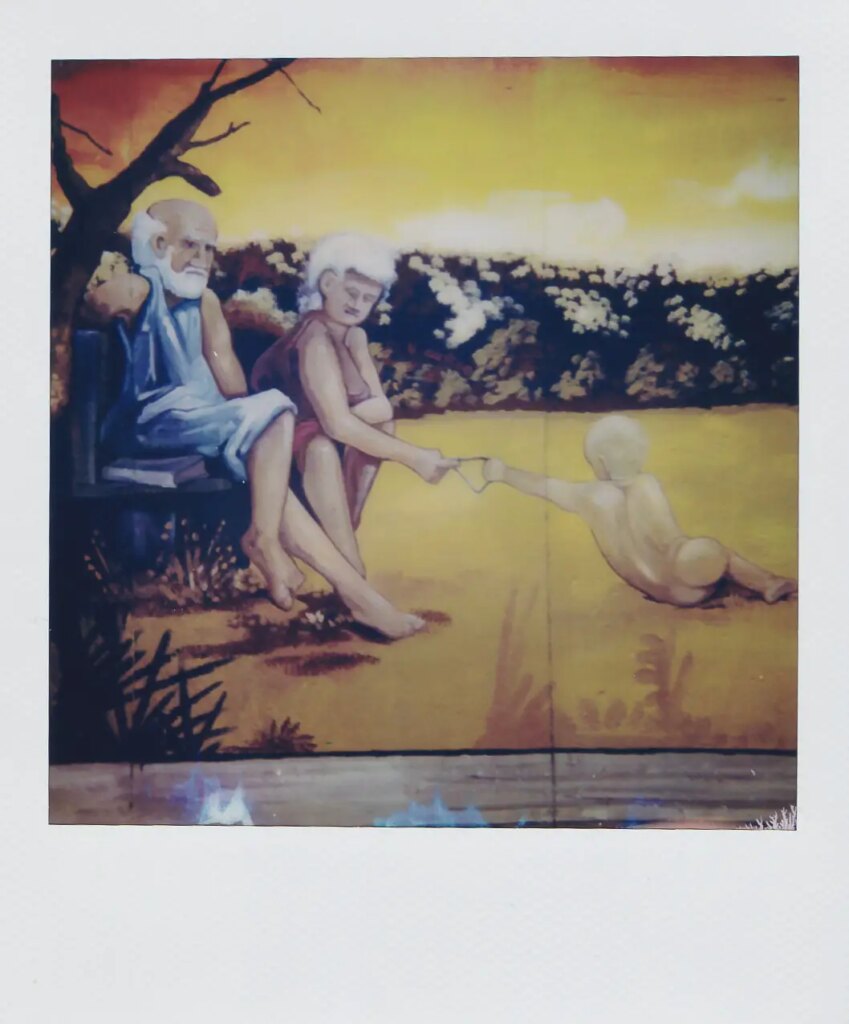
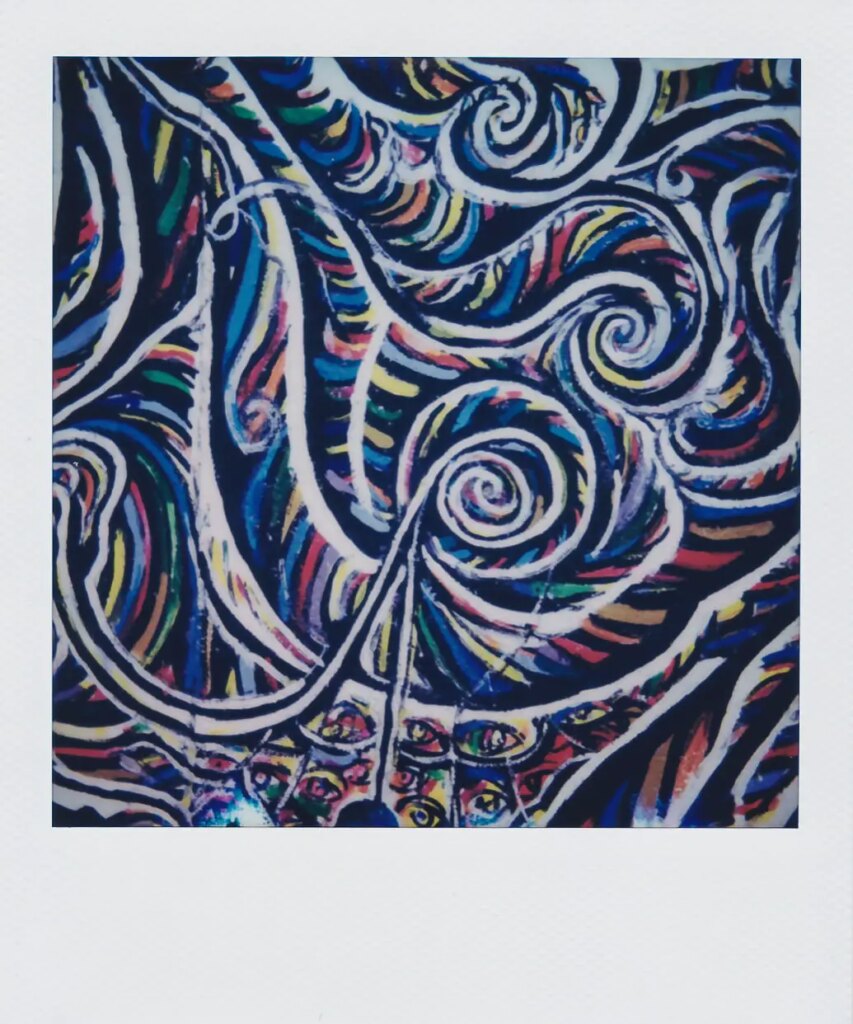
You can follow me on Instagram for more polaroids and random photos from my journeys.
And you can also visit my travel blog for fleeting impressions and guides.
Share this post:
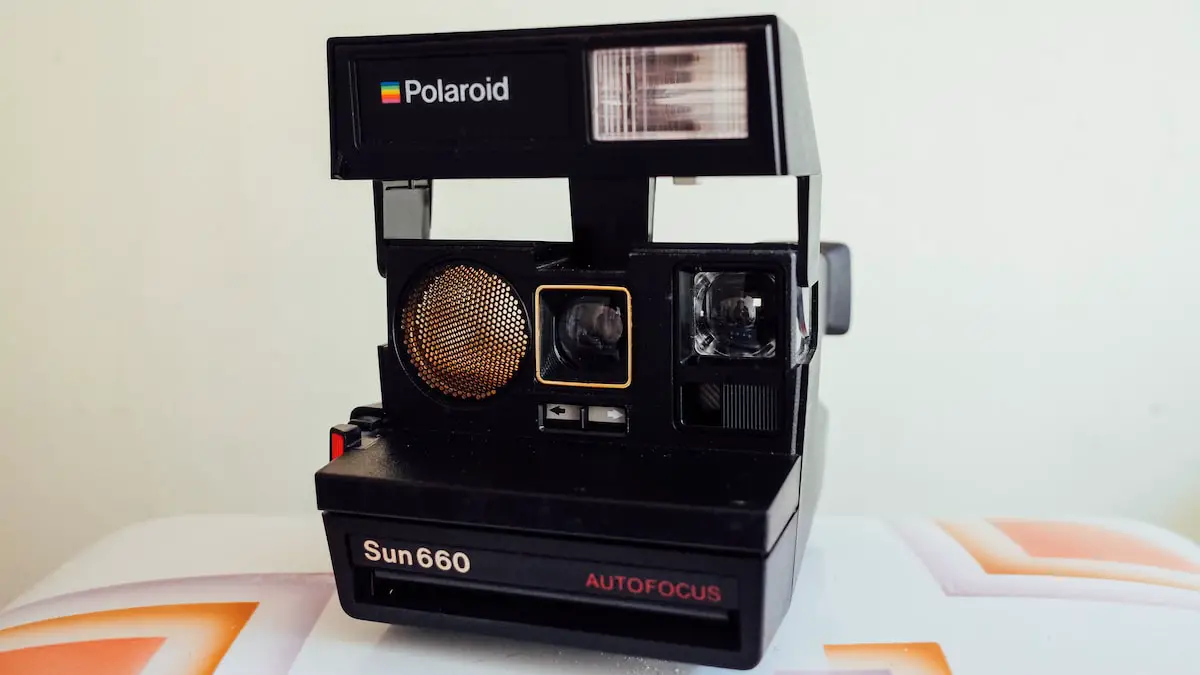
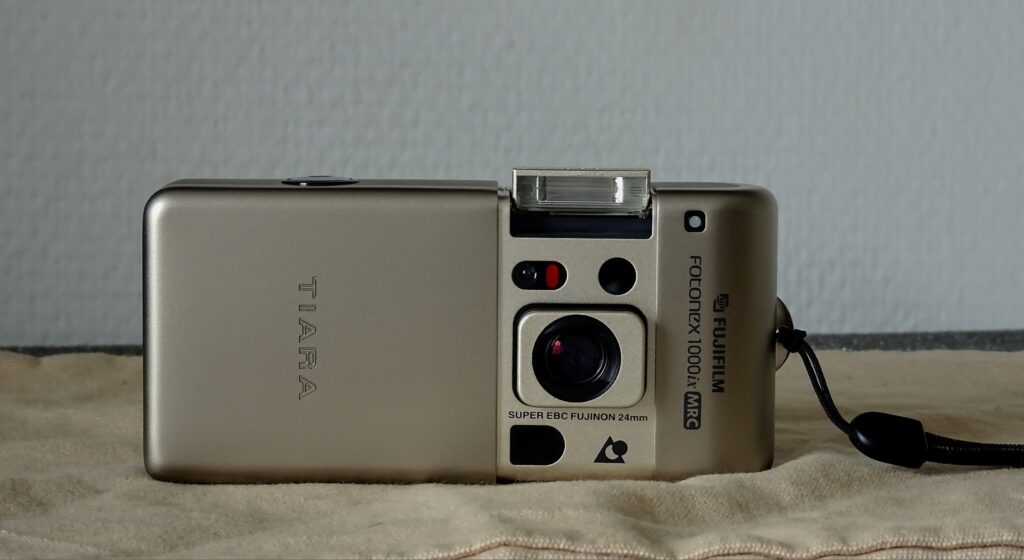

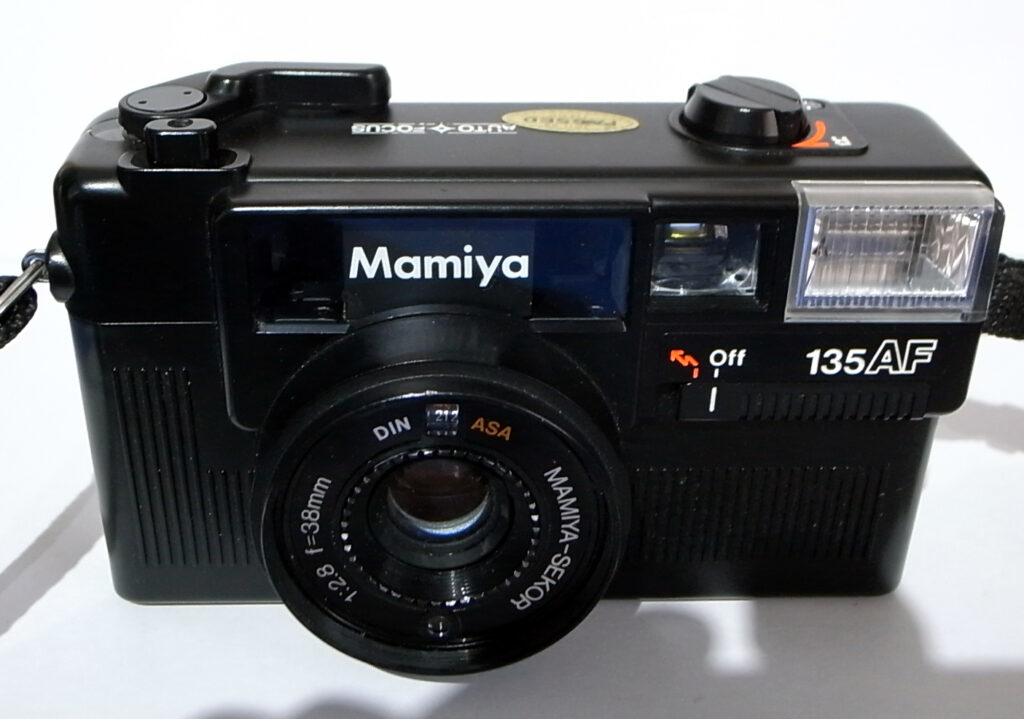
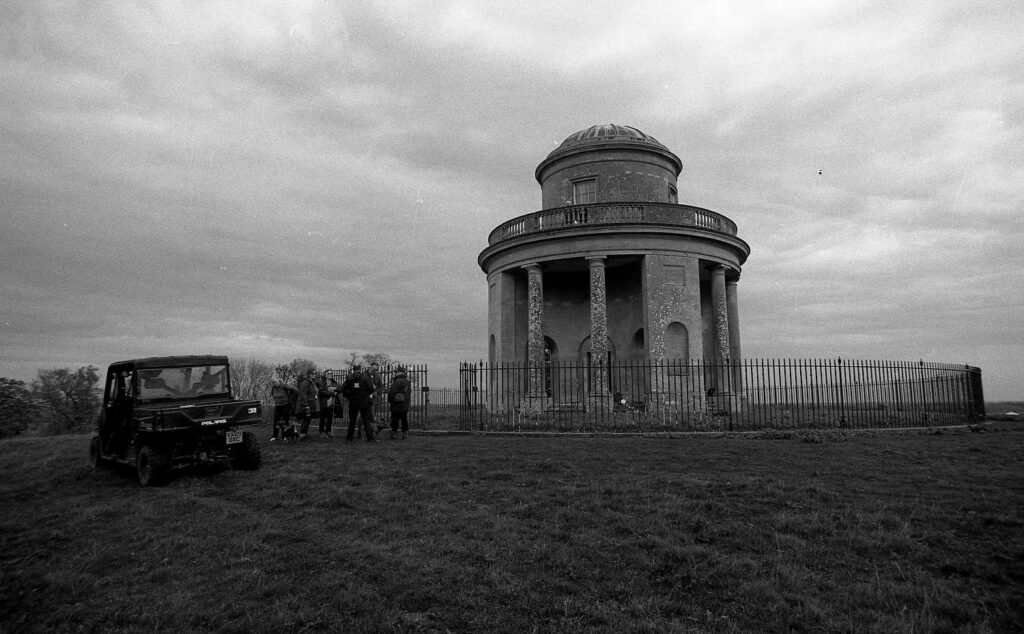




Comments
Dave Powell on 5 frames with the Polaroid Sun 660 in the East Side Gallery – by George Pavlopoulos
Comment posted: 24/07/2022
Ansel Adams also loved street art, and shot a lot of it with Polaroid cameras. Problem was that people wanted to see his dramatic B/W landscapes, and not color "snaps" of what were then considered "trashy grafiti." So it largely remained a private project for him.
And, as a long-time Polaroid shooter, you no doubt already know this... but some readers may not! (I learned it during Polaroid's final days,, when I was writing user manuals for its then-new PDC mass-market digital cameras.) The company designed its 600-film cartridges so that they couldn't be inserted into SX-70 cameras. One had to buy pricier Time-Zero film for them. But the packs were the same size, and after filing down some plastic nubs along a 600 pack's bottom edge, it'd slide into the SX-70.
This opened up a wider variety of emulsions for SX-70 users. But 600 was about 4 times "faster" than Time Zero. And using it in an SX-70 worked best with an ND sheet filter in front of the film box... or a regular 35mm filter mounted in front of the SX-70 lens.
Thanks again George!
Comment posted: 24/07/2022
Dave Powell on 5 frames with the Polaroid Sun 660 in the East Side Gallery – by George Pavlopoulos
Comment posted: 24/07/2022
Comment posted: 24/07/2022